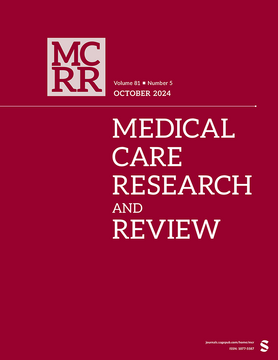Headline
Research review finds Medicaid accountable care organizations (ACOs) show promise for increasing primary care visits and reducing hospital admissions, with mixed results for quality, outcomes, and costs.
Background
ACOs are networks of health care providers, often aligned with a health system or payer, responsible for delivering coordinated care, improving quality, and reducing costs for a defined population, and are typically paid through a value-based payment arrangement. While Medicare ACOs have demonstrated success in reducing health care utilization and improving quality, less evidence is available on the impact of Medicaid ACOs. Medicaid ACOs face unique challenges, including program designs and incentive structures that vary across states, patient populations with complex health and social needs, and significant coverage turnover among patients. This research review evaluated the impact of Medicaid ACOs on health care service use and engagement, quality of care, health outcomes, and costs.
Findings
The review analyzed outcome measures from 32 studies published between 2012 and 2023, with generally mixed results:
-
Outpatient services – 12 of 30 outpatient utilization measures showed improvement, including increases in primary care visits, substance use disorder treatment engagement, and pre-natal care visits.
-
Inpatient and emergency department (ED) services – 10 of 23 inpatient measures showed reductions in admissions and length of stay, and 6 of 18 ED measures decreased.
-
Quality measures – 27 of 52 quality measures showed improvements, including better preventive screenings and patient experience scores. Results for preventable admissions and readmission rates varied significantly across evaluations.
-
Cost reductions – 12 of 31 showed savings, with cost reductions more likely the longer patients remained enrolled in the ACO and the more time passed after the program launched.
Oregon’s ACO model showed the most consistently positive results among the nine state programs included in the review. This was attributed to its inclusion of mental health and dental services, and mandatory enrollment among Medicaid members. Commonly reported positive outcomes included increased primary care visits and reduced hospital admissions.
Policy/Program Takeaways
Policymakers can use this Medicaid ACO research overview to identify best practices for program implementation and to set expectations for program impact.

